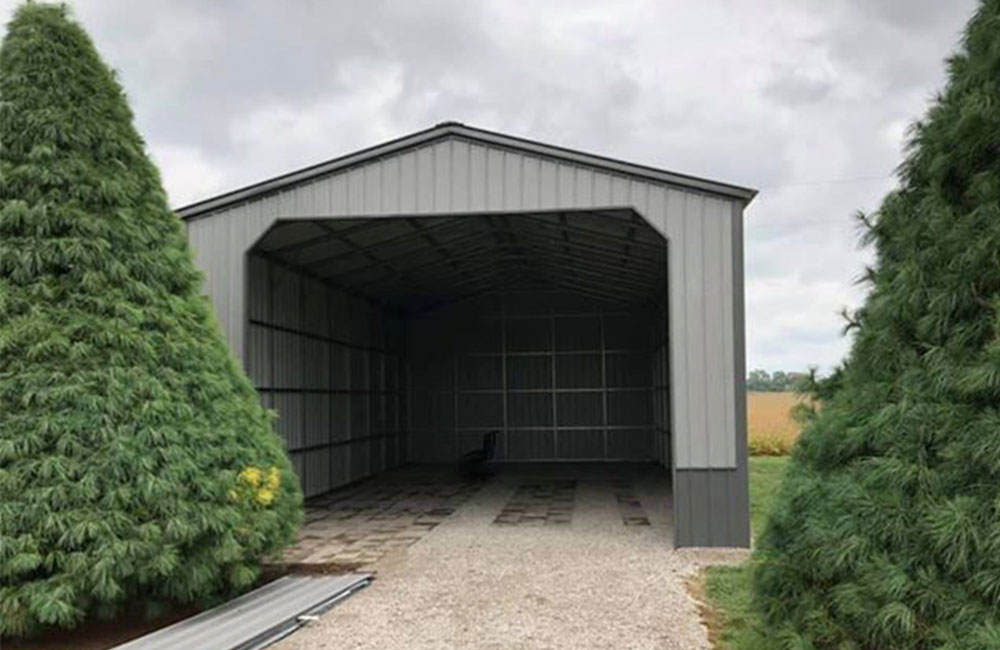
Garage insulation plays a crucial role in creating a comfortable and energy-efficient space, helping to regulate temperature, reduce noise, and protect against moisture and pests. Various types of garage insulation materials are available, each with its unique characteristics and benefits.
Fiberglass Insulation
Fiberglass insulation is one of the most popular and widely used options for garage insulation. It consists of tiny glass fibers that trap air, creating an effective thermal barrier. Fiberglass insulation is available in batts or rolls, making it easy to install between wall studs and ceiling joists. It is relatively affordable, making it a cost-effective solution for many homeowners. However, it is essential to wear protective gear during installation, as the tiny glass fibers can irritate the skin and respiratory system.
Foam Board Insulation
Foam board insulation, also known as rigid foam insulation, is another common choice for garage insulation. It comes in panels made from various materials like polystyrene, polyisocyanurate, or polyurethane. Foam board insulation offers excellent insulating properties and is moisture-resistant, making it ideal for areas prone to high humidity or water exposure. It is often used to insulate garage doors and walls, as well as garage ceilings. However, it can be more expensive than fiberglass insulation and may require professional installation for the best results.
Reflective Insulation
Reflective insulation is designed to reduce radiant heat transfer by reflecting heat away from its surface. It typically consists of layers of foil-faced materials with an air gap in between. Reflective insulation is commonly used in garages that experience intense sunlight exposure. It can be applied to garage doors, walls, and roofs, helping to keep the interior cooler during hot weather. While it may not provide significant R-value on its own, combining it with other types of insulation can enhance overall thermal performance.
Cellulose Insulation
Cellulose insulation is made from recycled paper fibers treated with fire-retardant chemicals. It is an eco-friendly option for garage insulation and provides good thermal resistance. Cellulose insulation is typically blown into wall cavities or attic spaces, filling gaps and voids effectively. This type of insulation is ideal for retrofitting existing garages and is relatively easy to install. However, professional installation is recommended to ensure proper coverage and prevent settling over time.
Conclusion
When selecting garage insulation, consider factors such as your budget, the climate in your area, and whether you will be handling the installation yourself or hiring a professional. Whichever type you choose, a well-insulated garage will not only enhance your comfort but also lead to energy savings and a more functional space for various activities.
